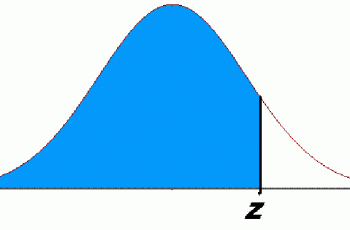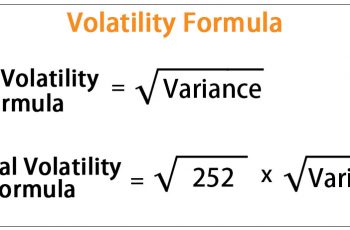In this article, we will define and discuss how to calculate recombination frequency(RF) but before that, let us define recombination.
In genetics, recombination is the process by which pieces of DNA are broken and recombined to produce new combinations of alleles. Recombination frequency is a number that describes the proportion of recombinant offspring produced in a genetic cross between two organisms.
Benefits of Recombination Frequency.
We use RF to build linkage maps, chromosomal maps based on recombination frequencies. This has helped establish that chromosomes are in fact linear, and that each gene had its own specific place on a chromosome.
RF it provides an estimate or approximation of physical distance between a pair of genes. So we can say that a pair of genes with a larger recombination frequency are likely farther apart, while a pair with a smaller recombination frequency are likely closer together.
We can also use the recombination frequencies comparison to figure out the order of genes on a chromosome.
Formula to Calculate RF.

DNA, proteins, cells, or organisms that are made by combining genetic material from two different sources are known as recombinants.
Example:
Suppose the number of recombinants in a family is 10 while the total number of off springs in that family are 20, calculate the recombination frequency.

Therefore, the recombination frequency is 50%.

